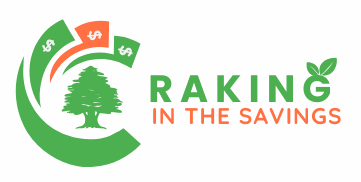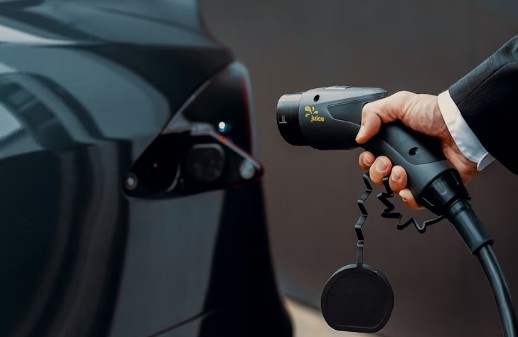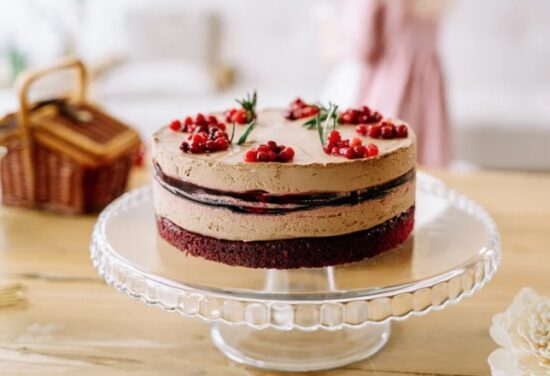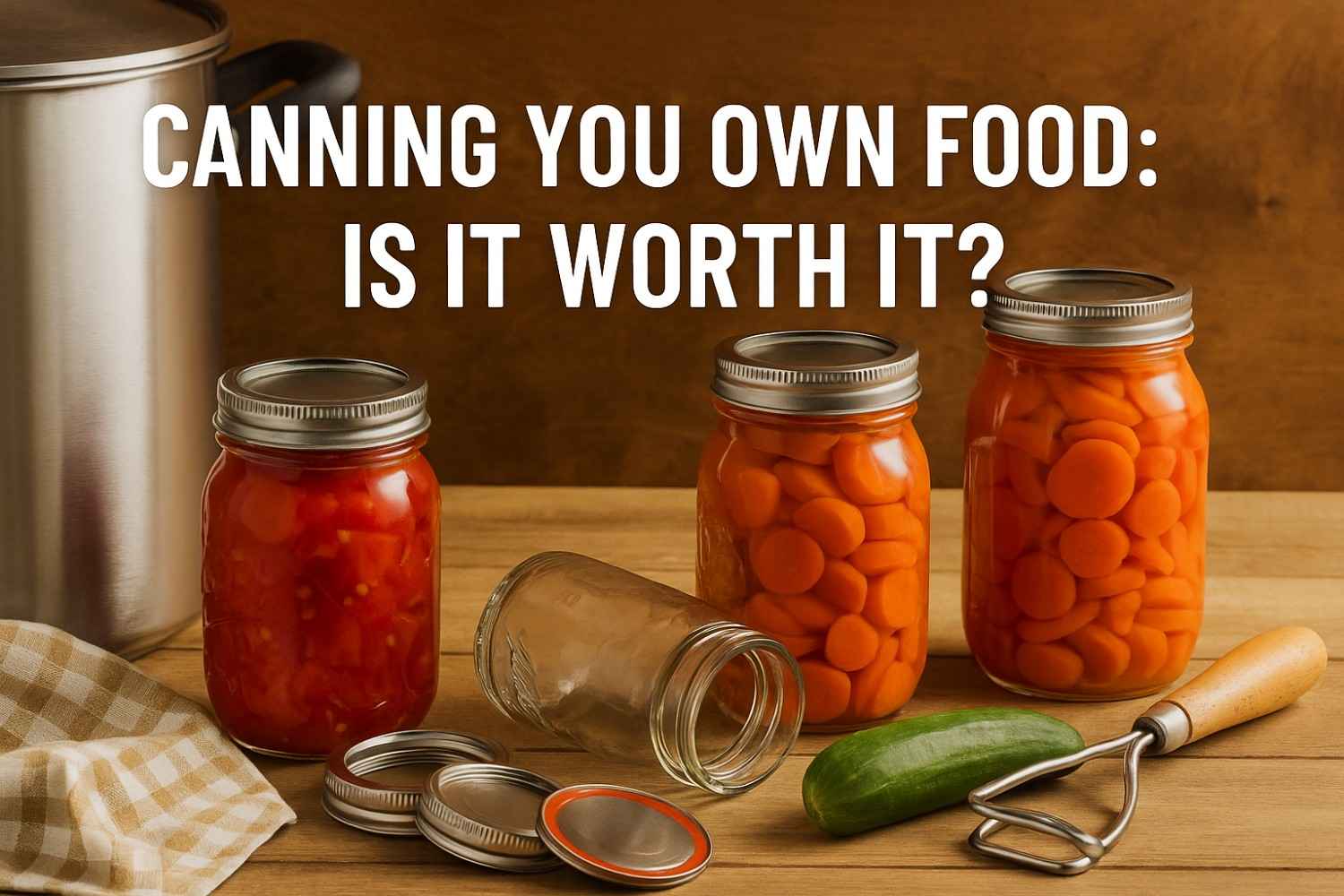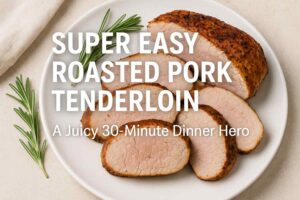Canning your own food is it worth it? That’s the question I asked myself the first time I stood over a steaming pot of jars, wondering if the hours spent sterilizing, sealing, and labeling were really worth the payoff. The truth is, home canning can be incredibly rewarding — offering control over ingredients, seasonal freshness year-round, and a sense of security. But it also demands time, effort, money, and strict attention to safety. Whether it’s worth it ultimately depends on your priorities, budget, and lifestyle.
What You Need to Weigh Before Canning at Home
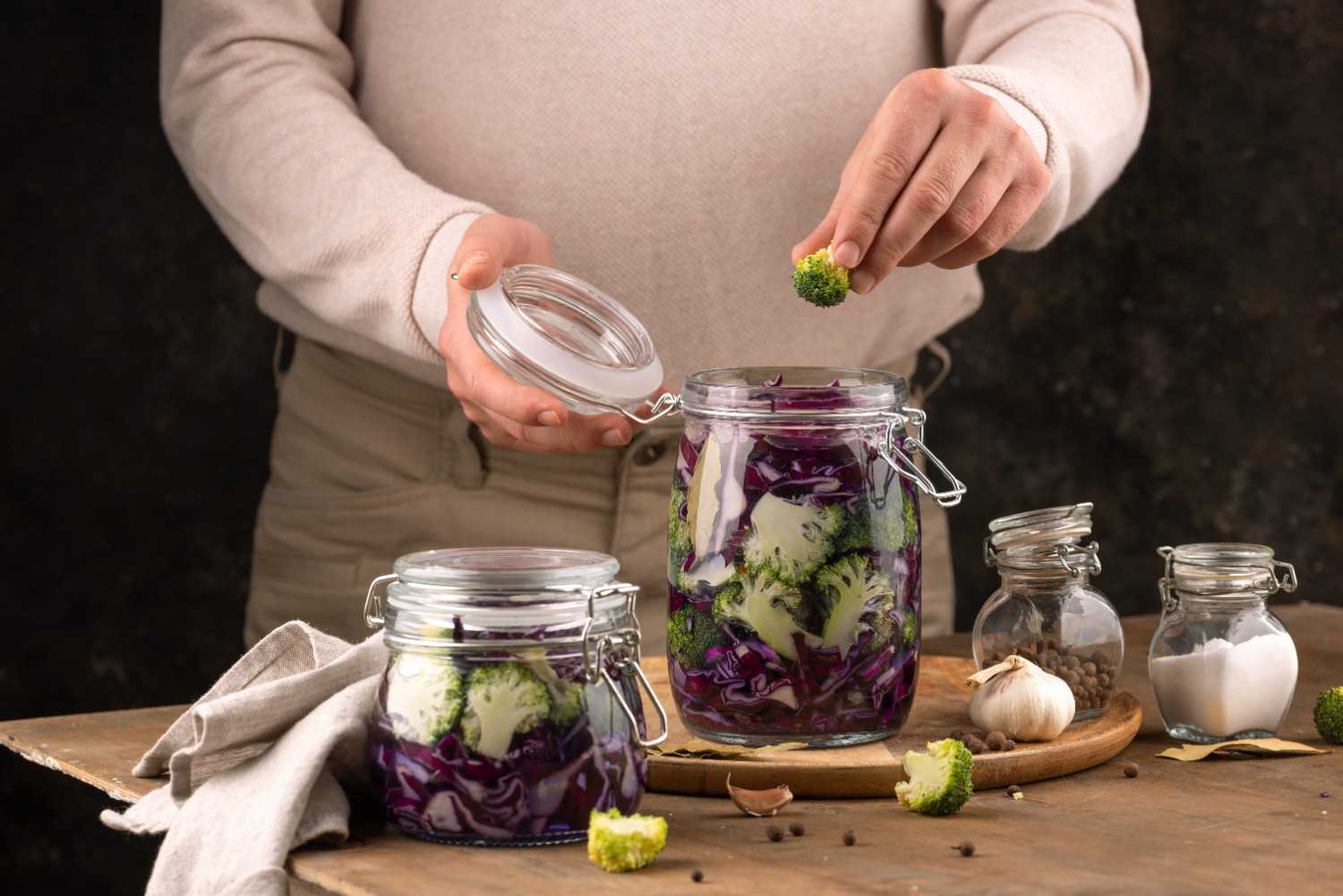
1. Cost Considerations: Upfront and Ongoing
One of the biggest factors to think about when deciding if canning your own food is worth it is the financial investment. While it can absolutely save money over time, the initial expenses are nothing to ignore.
- Startup supplies: You’ll need a water bath or pressure canner, jars, rings, funnels, and tongs. A quality pressure canner can cost $100–$150, while jars often run $1–$2 each when purchased new. The good news? These tools are reusable for years, so the cost per batch drops significantly once you’ve made that investment.
- Ongoing costs: Each new batch will require fresh lids (which should not be reused), as well as energy for heating and processing, and of course the cost of the produce itself. If you grow your own food, the cost per jar can be pennies. Buying produce in-season from local farms can still save you money compared to off-season grocery prices.
- Source matters: The greatest savings happen when you’re using home-grown fruits and vegetables or bulk seasonal produce. On the other hand, if you’re buying small quantities of expensive ingredients year-round, your cost savings may be minimal.
The bottom line: canning is most cost-effective for people who plan to preserve food regularly and in larger quantities.
2. Safety: The Non-Negotiable Rule of Canning
If there’s one thing that separates successful home canners from risky attempts, it’s an understanding of food safety. Done correctly, home-canned foods are perfectly safe and delicious. Done wrong, they can lead to botulism, a rare but life-threatening illness caused by Clostridium botulinum bacteria.
- Know your food type: Low-acid foods such as green beans, meats, and soups must be processed in a pressure canner to reach high enough temperatures to kill dangerous spores. High-acid foods like fruits, jams, and pickles are safe for water bath canning.
- Follow tested recipes: Never rely on unverified family recipes or outdated techniques. Use scientifically tested guidelines from trusted sources like the USDA or the National Center for Home Food Preservation. These sources provide processing times and pressures that ensure safety.
- Proper sealing and storage: Always sterilize jars, vent your pressure canner, and check seals after processing. Store finished jars in a cool, dark place and inspect for leaks, bulging lids, or foul odors before use.
Safety isn’t optional in home canning — it’s the foundation that determines whether the entire process is worth it.
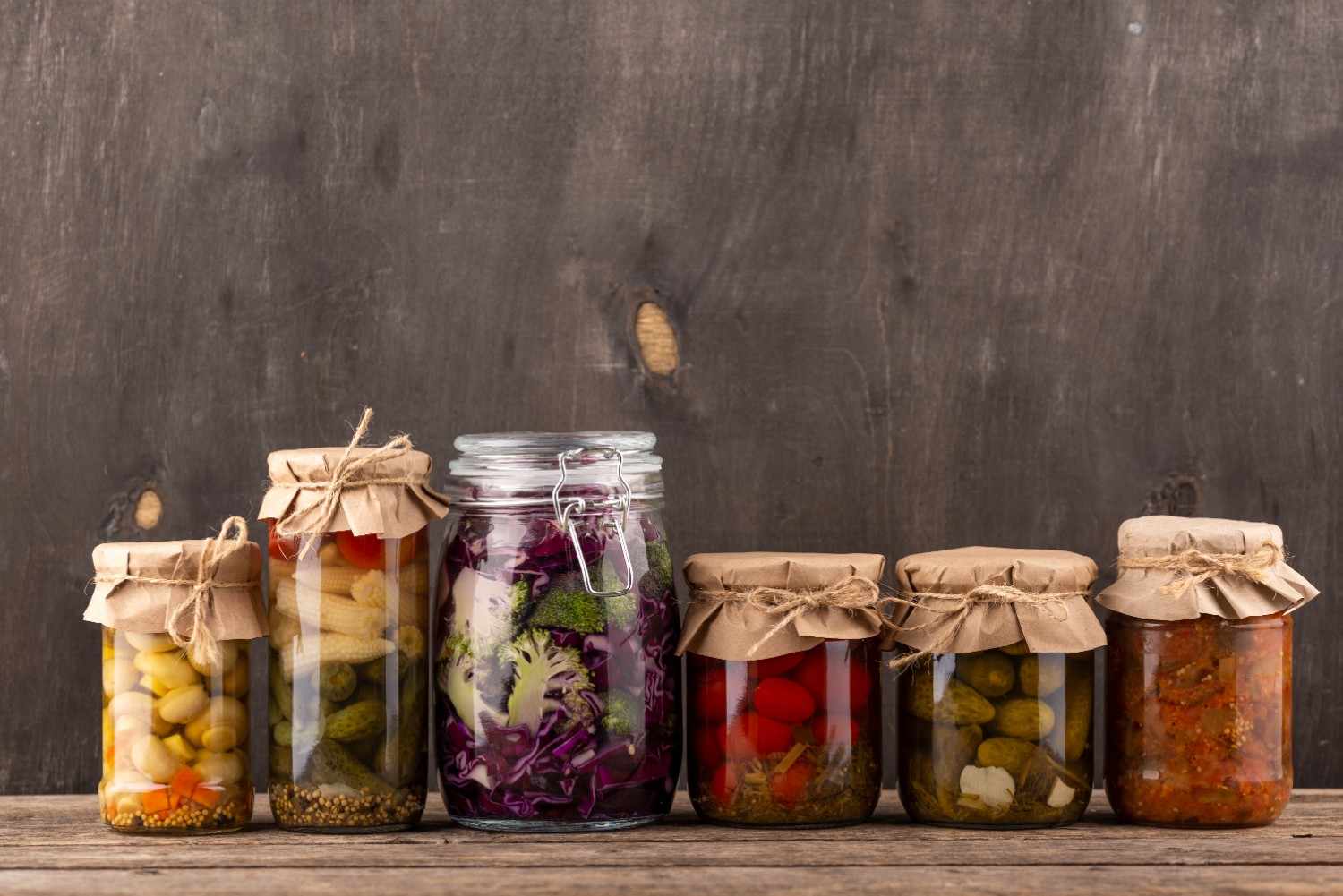
3. Time and Effort: The Hidden Investment
Many first-time canners underestimate the labor involved. Canning is not a “set-it-and-forget-it” process — it’s hands-on from start to finish.
- Prep work takes time: Washing, peeling, chopping, and prepping produce can take hours before you even get to the canning stage.
- Processing and cooling: Monitoring pressure levels, timing batches, and allowing jars to cool and seal properly are all essential steps. A single batch can take several hours from start to finish.
- Efficient strategies: Seasoned canners often work in batches, preparing large quantities of produce at once to maximize efficiency. With experience, the process becomes smoother and faster — but it’s still a significant time commitment.
If you enjoy kitchen projects and find the process satisfying, the time investment might feel like part of the reward. But if you’re seeking a quick shortcut to cheaper food, canning may not align with your lifestyle.
Why People Still Choose Home Canning
Despite the costs and work involved, home canning continues to grow in popularity — and for good reason.
- Control over ingredients: You decide what goes into your food, from the type of salt used to how much sugar goes into your jam. This is especially important if you’re trying to reduce additives or follow a specific diet.
- Better taste and quality: Many home canners swear their salsa, pickles, and sauces taste fresher and more vibrant than store-bought versions because they’re made with perfectly ripe ingredients and without preservatives.
- Seasonal food all year long: Canning lets you capture the peak flavor and nutrition of seasonal produce and enjoy it in the middle of winter.
- Emergency preparedness: A shelf full of canned goods provides peace of mind during power outages, supply disruptions, or emergencies.
- Reducing food waste: Instead of letting excess garden produce spoil, you can preserve it for later use.
- A rewarding hobby: Canning isn’t just about practicality — many people find joy and satisfaction in the tradition, craftsmanship, and self-reliance it brings.
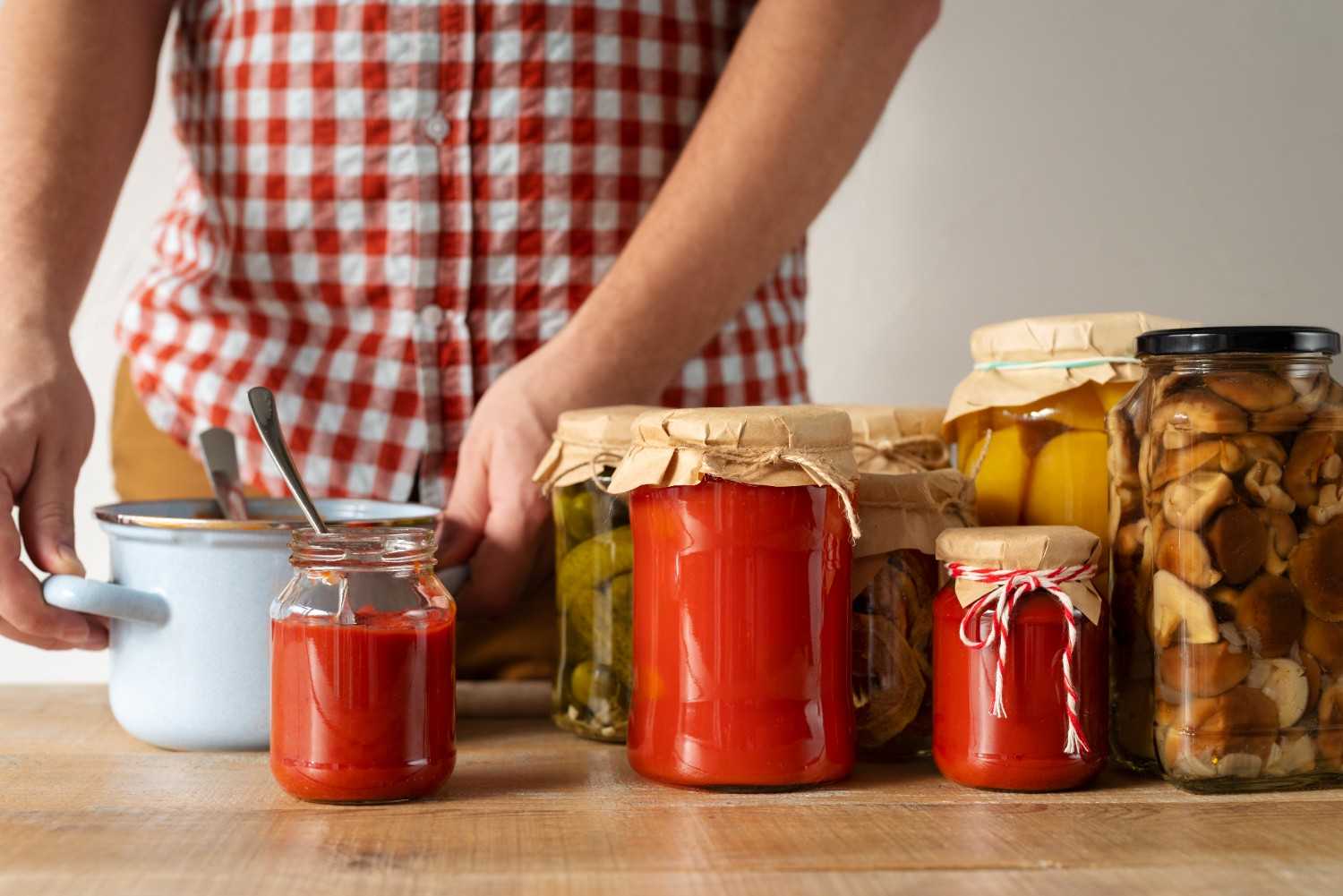
The Downsides to Keep in Mind
While the rewards are real, it’s important to be honest about the challenges.
- Initial investment: Buying quality equipment can be expensive upfront.
- Time commitment: A single canning session can take most of the day, especially when you’re learning.
- Nutrient loss: Some water-soluble vitamins (like C and certain B vitamins) are reduced during high-heat processing.
- Texture changes: Certain vegetables may become softer after canning, and some flavor nuances may be lost.
Frequently Asked Questions
1. How long does home-canned food last?
Properly sealed and stored home-canned foods retain their best quality for 12 to 18 months. They may remain safe beyond that, but flavor, color, and texture can decline over time.
2. Does canning actually save money?
It depends on how often you do it and where your produce comes from. If you grow your own or buy in bulk seasonally, you can save significantly over store-bought options. Occasional small batches with store-bought produce may not yield major savings.
3. What’s the biggest safety mistake to avoid?
Processing low-acid foods in a water bath instead of a pressure canner is one of the most dangerous mistakes. It can lead to botulism. Always match the right method to the food type.
4. Can I reuse jars and lids?
Jars and rings can be reused if undamaged, but lids must be replaced with new ones each time to ensure a proper seal.
Final Verdict: Canning Is Worth It — If It Matches Your Goals
At the end of the day, canning your own food is it worth it if you’re someone who values quality, ingredient control, self-reliance, and reducing waste. It’s especially rewarding for gardeners and those who love hands-on food projects. However, if your main priority is convenience or short-term savings, the time and effort required might outweigh the benefits.
Think of canning as an investment — not just in jars of food, but in skills, confidence, and a stocked pantry you can rely on. For many of us, that’s worth every minute at the stovetop.
